The third phase in the career of the biggest heavyweight ticket seller in boxing begins this Saturday (DAZN, 2 PM EST).
It could end up being the most interesting phase of Joshua’s career.
Or could it play out as an epilogue?
The first person who will get a chance to help answer that question will be the opponent the 33-year old Joshua has in front of him. 29-year old Jermaine Franklin (21-1, 14 KO) is a solid pro who appears to have all the elements one would expect to see versus a superstar coming off consecutive losses.
Franklin is skilled enough to go rounds, he’s shorter and slower, and he’s not a huge puncher. Franklin, like Joshua, is coming into the fight off a defeat but he made a positive impression. Franklin lost a decision to Dillian Whyte in December in a competitive, fan-friendly encounter.
Joshua is resuming his career against a fighter he should beat but also one who can say he showed some chops against one of the perennial contenders of this era. A win, in his first fight working with new trainer Derrick James, would be a step forward for Joshua.
Whether his economic value will allow for a few more steps before he gets back to major events remains to be seen. That’s arguably been the biggest obstacle for a fighter who, despite some losses, is still a two-time unified heavyweight titlist. After a relatively limited amateur career, Joshua arguably became an attraction before he could finish becoming a rounded professional and the attraction was so big there was no going back.
Phase one for Joshua went about as well as any fighter could ever dream of. Joshua won gold at the 2012 Olympics in London, was quickly developed into a draw in the UK, defeated Whyte in a battle of prize prospects, and won his first belt against Charles Martin in his sixteenth start.
Three fights later, Joshua faced former heavyweight champion Wladimir Klitschko in front of close to 100,000 fans at Wembley Stadium. Their 2017 clash saw both men on the floor, Joshua winning a classic via stoppage in the eleventh. His trial by fire showed off guts, resolve, and an ability to rise to the moment.
It was easy to think we were seeing the emergence of a potentially great heavyweight. Joshua’s next three fights revealed the evidence of a still-developing professional. Joshua defeated Carlos Takam, Joseph Parker in a unification contest, and handed Alexander Povetkin his first knockout loss. Despite that, he didn’t look like quite the force he appeared to be through the Klitschko fight. The tickets were flying, the cash was flowing, and disaster was looming.
Phase two started in what was supposed to be the opening of Joshua’s way into the lucrative US market. Joshua-Deontay Wilder was already well established as a dream fight for fans and by the time 2019 rolled around Tyson Fury had resumed his career after a lengthy absence. Joshua was set to face Jarrell Miller and then replacement opponent Andy Ruiz.
No problem, right?
Of course it was a problem. Joshua dropped Ruiz in round three only for Ruiz to turn the tide and return the favor twice in the same round. Joshua was down again in the seventh and looked lost for most of the night. There was little resistance from Joshua when referee Michael Griffin halted the action.
Phase two was filled with turbulence for Joshua. After an almost perfectly executed path to stardom, the loss to Ruiz changed his narrative. Joshua came back to win the immediate rematch, cutting down by some ten pounds on what had become an excess of bulk and boxing safely and smartly for a unanimous decision. A knockout of veteran contender Kubrat Pulev followed but then Joshua ran into something he’d never seen as a professional.
Joshua ran into a fighter who was just plain better than him. Over 24 rounds, Oleksandr Usyk outboxed, outfought, and outclass Joshua. The rematch concluded with an emotional Joshua grabbing the microphone for an extended speech that put an exclamation mark on a 2-3 run.
As was the case for the Usyk rematch, Joshua has changed trainers again as he searches for answers and a way to reset his course. Still among the most physically gifted big men in the game, Joshua will be working with the same corner presence guiding the ship for Errol Spence and Jermell Charlo.
A perfect outcome would be James unlocking what’s missing in Joshua the way Emanuel Steward ironed out the wrinkles in Lennox Lewis and Wladimir Klitschko. Joshua doesn’t have to do much to be a factor at heavyweight. A clash with Tyson Fury may still be the biggest gate attraction in boxing, even after the Usyk losses. Joshua-Wilder will likely remain a hot item on pay-per-view in the US for a few more years on brands alone.
The thing about Joshua phase 3 is that it’s about more than proving Joshua can drive revenue. This is one more, maybe one last, chance to see if there is a finished product waiting to be refined that we haven’t seen yet. If there isn’t, he’s still had a career most people couldn’t even fathom in their dreams.
But that wasn’t the design early on and it’s clearly not all Joshua had in mind.
Cliff Rold is the Managing Editor of BoxingScene, a founding member of the Transnational Boxing Rankings Board, a member of the International Boxing Research Organization, and a member of the Boxing Writers Association of America. He can be reached at roldboxing@hotmail.com
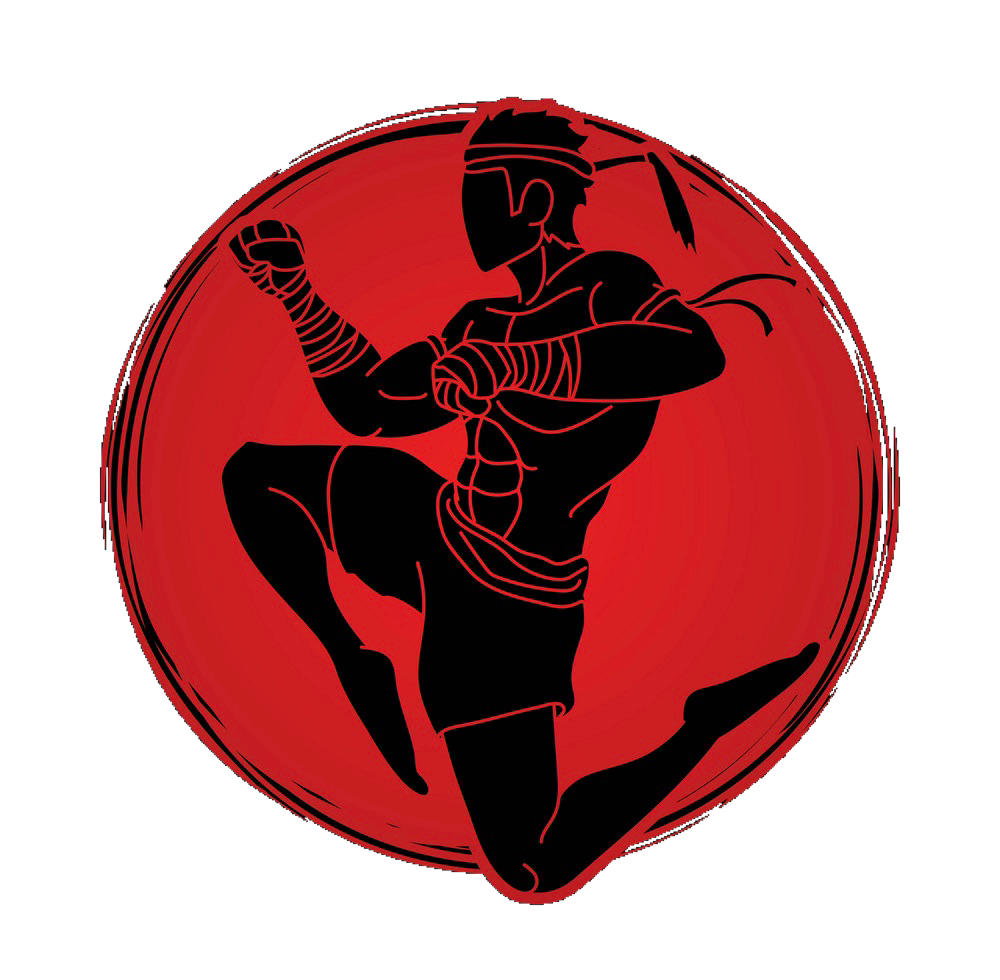
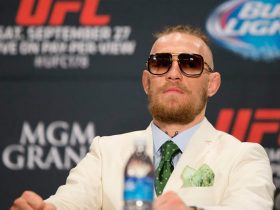
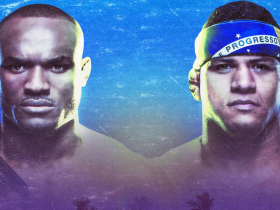
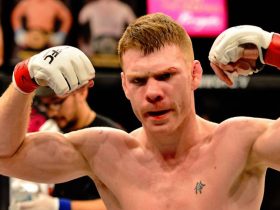
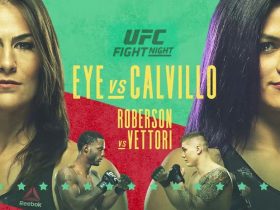

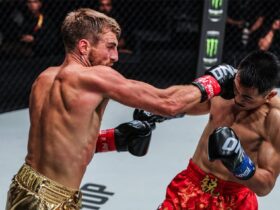
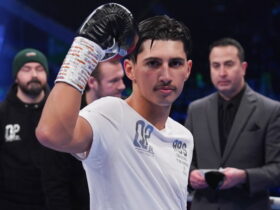
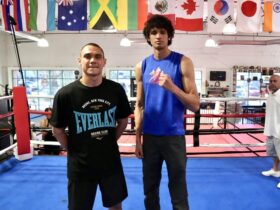
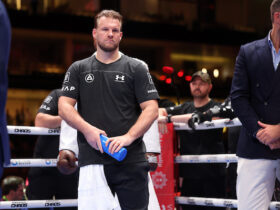

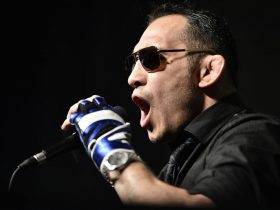
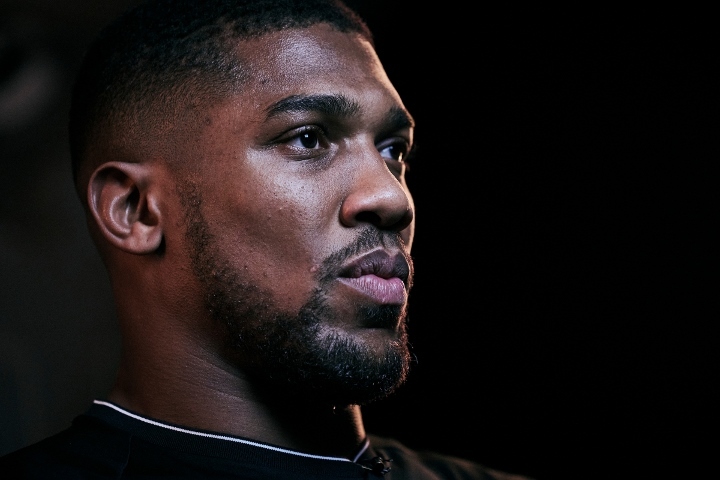
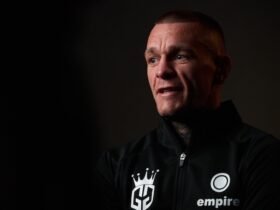
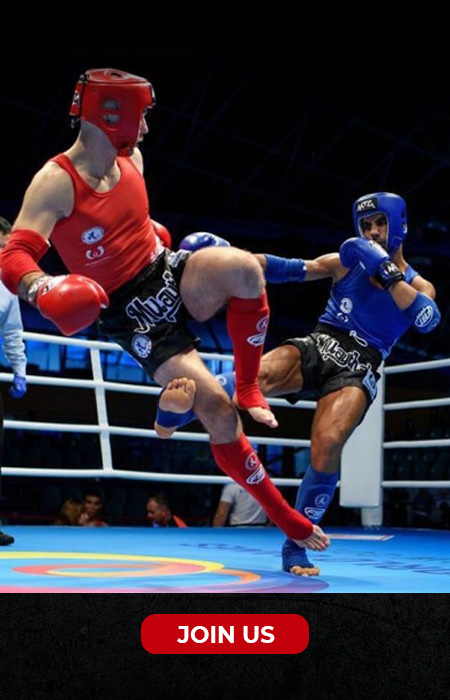
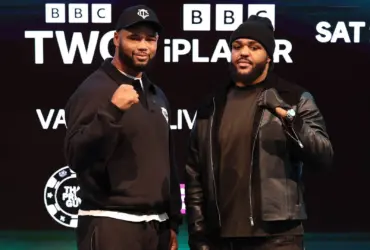

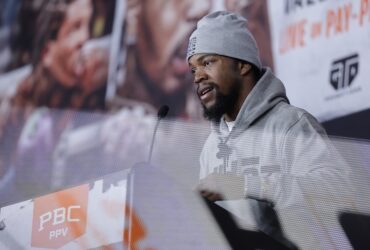
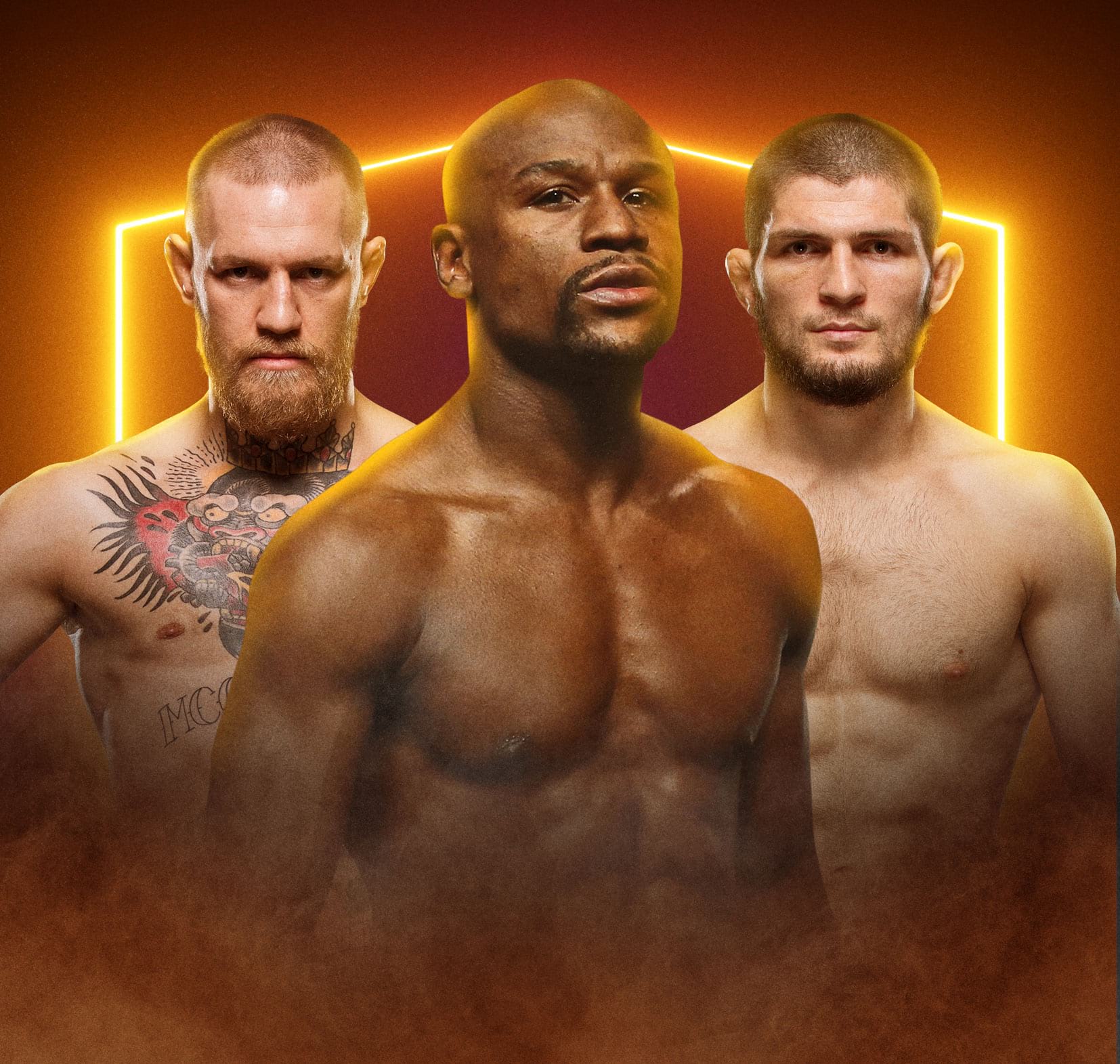
Leave a Reply